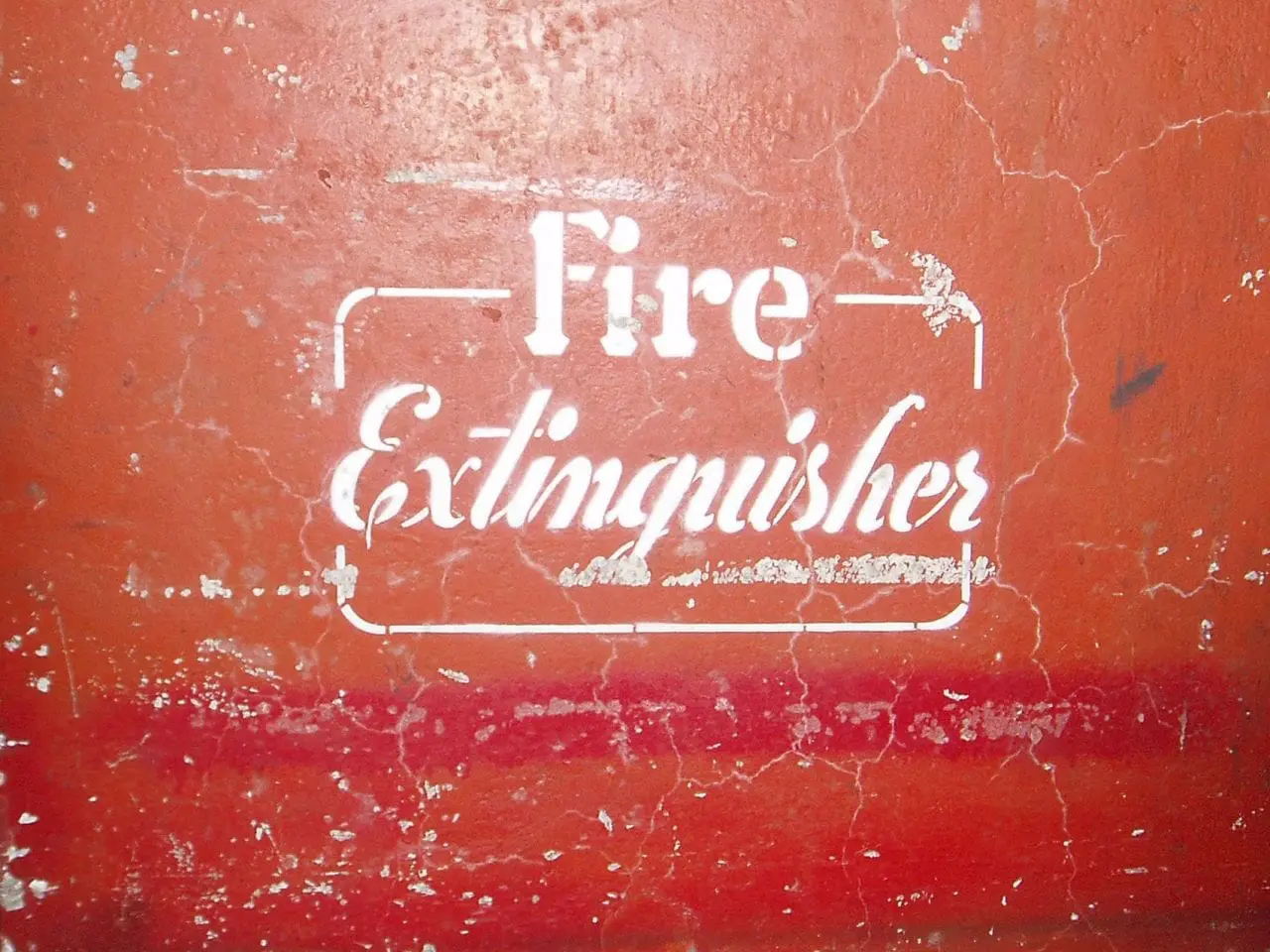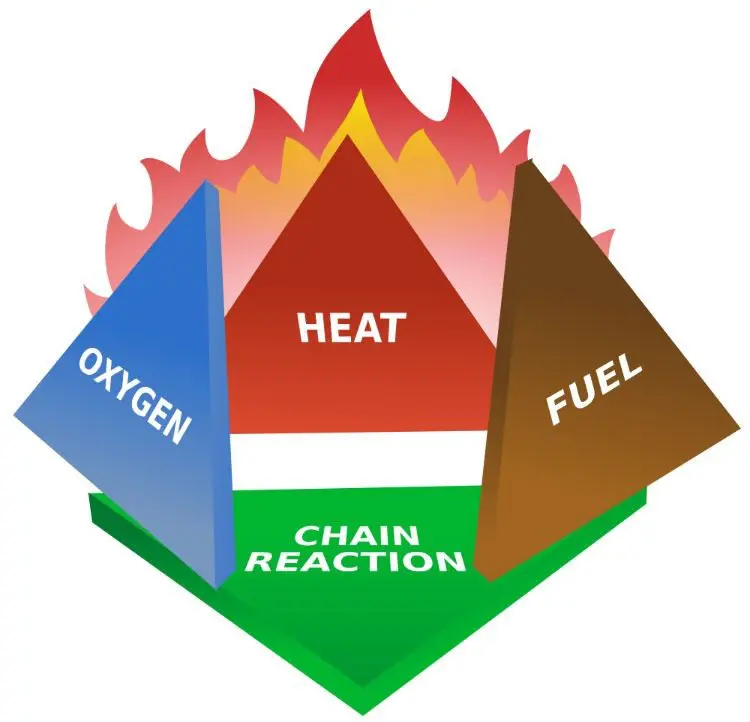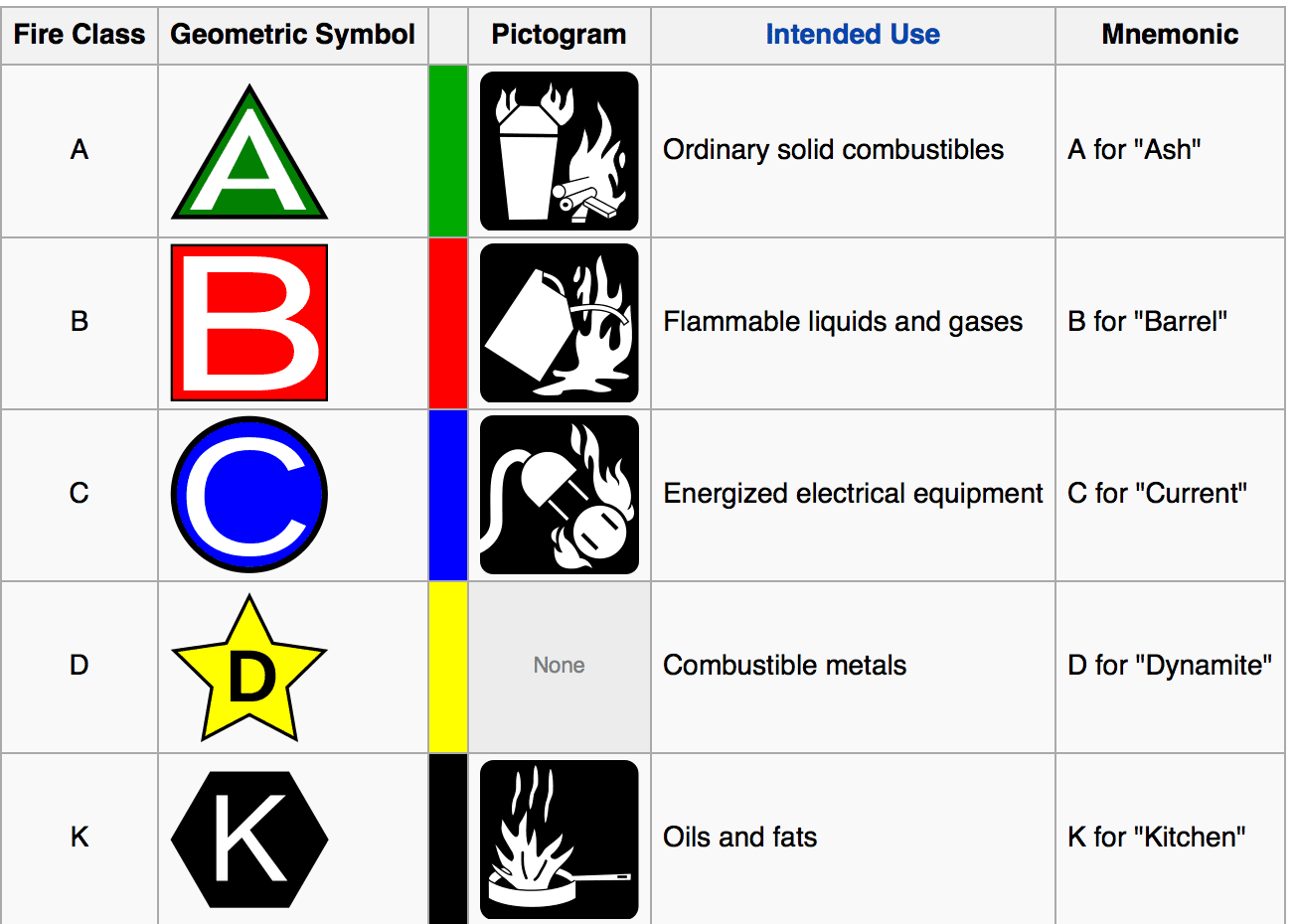You Need to Watch This: How to Stop a Fire in Your Home

In this article we will look at how you can put out a fire in your home.
These methods works well for smaller fires that are starting, or are about to start -- but keep in mind:
If the fire grows rapidly and comes out of control, do not hesitate to call 911. If you can't stop the fire in a short period of time, evacuate yourself, your family and anyone else to a area with fresh air, including four legged friends. You and your loved ones health is always more important than material stuff.
Make sure you check the date of your extinguisher, and keep up with the maintenance.
The basics of any fire extinguishing equipment
A fire needs fuel (like gasoline, fire wood or paper), oxygen and heat. If you can take away any one these three, you will put out the fire. A good way to remember this is to think about the fire triangle -- or more correctly a tetrahedon -- since we're also dealing with chemical reactions (chain reactions) too.

Types and marking
Each of the below methods has their pros and cons, and work on different fires.
To better organize this, and knowing which extinguisher is appropriate for different fires, we divide them into classes. For your home, you should at least have an extinguisher, or extinguishers, covering A and B.

Using a Fire Blanket
A fire blanket works well on smaller fires, such as in a frying pan or a pot. It's not a replacement for a fire extinguisher, but it's often better to use -- and a must have in every kitchen.
it will choke the fire by removing oxygen. Remember: No oxygen, no fire.
We here at Readytribe.com highly recommend that you get a fire blanket like shown in the video below. You can get the recommended brands for a low price at Amazon, such as this model called Think Safe.
When it's this inexpensive, there is no excuse not to get one. You will thank yourself that one day you or your family needs it.
In an emergency, if you don't have one of these, you can use a a regular wool blanket too -- but do not use a polyester or synthetic fabric, it will melt and fuel the fire, making it worse. If you have to look around your house for a wool blanket, it might be too late though.
I've choked a fire once with a wool sweater -- and it worked fine (though I had to throw the sweater away). Now I have a fire blanket in my kitchen, and I've shown my family where it is and how to use it.
Do not try to put out a fire in a frying pan with water -- it will only make it worse!
Using a foam fire extinguisher
Check out the video below for how to use a foam based fire extinguisher, more correctly named Aqueous Film Forming Foam Extinguishers (AFFF extinguishers). These will cool down and choke the fire, when applied to a Class A fire involving combustible solids. Note: The video below is made for the UK markets.
Foam can typically be used for class A and B, but check your extinguisher.
Using a CO2 fire extinguisher
The two videos below shows you how to operate a carbon dioxide (CO2) fire extinguisher, and the advantages of this system.The second video is made for the UK market.
CO2 isn't as common in domestic use, and not intended for class A fires, as the high-pressure cloud of gas can scatter burning materials. CO2 is not suitable for use on fires containing their own oxygen source, metals or cooking media.
Using a powder based extinguisher
The video below shows how to properly use a powder/dry powder fire extinguisher. These can typically be used on class B and C fires, but remember to read the labeling on the device when buying one to make sure it fits your use. Monoammonium phosphate can be used on class A fires.
Dry powder will typically be sodium bicarbonate (baking soda) and potassium bicarbonate, but there are many variations.
You can pick up fire extinguishers in hardware stores, but personally, especially when buying several, I've seen you can save a lot of money by buying them online. The cheapest high quality extinguishers I've found, are on Amazon.


